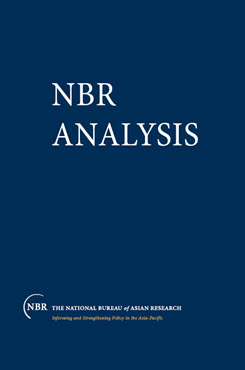The Role of Minorities in the Transitional Process
When considering Myanmar’s constitutional process and its sustained development, it is essential to understand the interests and sentiments of the minority nationalities.
Political violence erupted shortly after Burma’s independence in 1948, when the Communist Party of Burma (CPB) began an insurrection against the central government. While initially a Burman–led uprising, ethnic minority groups were soon caught up in the political chaos engulfing the country. Some minority citizens chose to fight alongside the CPB, but for most this decision was simply a question of survival, not of ideology. This event provided an early illustration of an ongoing legacy in national politics—that if there were conflict in Myanmar, even if just among the majority Burmans, the ethnic minorities would also suffer from the consequences. When considering Myanmar’s constitutional process and its sustained development, it is therefore essential to understand the interests and sentiments of the minority nationalities.
One after another, the ethnic nationality groups took up arms following the CPB revolt to advance their struggle for minority rights and local sovereignty. From the outset, the right to self–determination has been a basic belief among nationality parties, but over the years ethnic minority discontent has continued to grow as the gap in development between the minority states and central Myanmar has widened, despite the interdependence of these areas in terms of resources.
This uneven distribution in wealth and power between central Myanmar and the ethnic minority states—as well as inadequate communications and infrastructure—has led both urban and rural minority peoples to side frequently with the armed opposition. During decades of conflict, almost every family among the minority communities had at least one member join an armed opposition group, or suffer imprisonment on suspicion of insurgent connections, or both. As a result, the cause of ethnic rights and justice, which originated as a political struggle, increasingly took on overtones of civil discrimination. These attitudes became more entrenched through fighting and abuses committed during counter–insurgency operations. Society in Myanmar, in turn, became polarized, with mistrust between the minority peoples and majority Burmans becoming a deep–rooted problem.
After splitting in 1968, the CPB moved from central Myanmar into minority areas of northeast Myanmar, before it finally collapsed in 1989. The main cause for this break–up was resentment by the non–Burman rank–and–file toward the Burman–dominated leadership. When the CPB broke down along ethnic lines, armed groups broke away from the party and formed new nationality organizations of their own. They abandoned dogma and ideological goals, negotiated cease–fires with the government, and then turned their attention to business interests and the…


